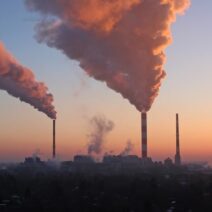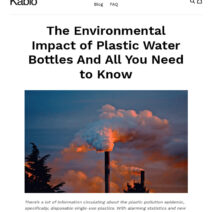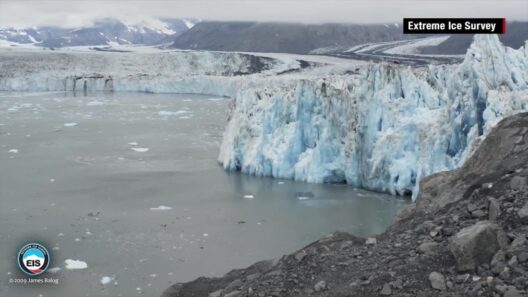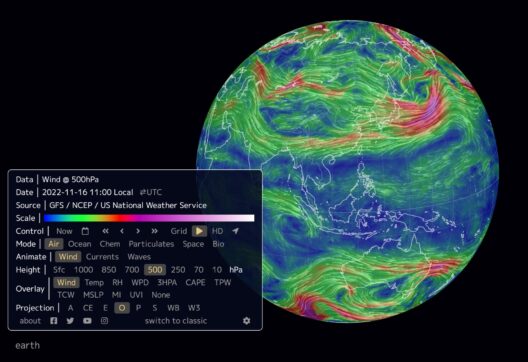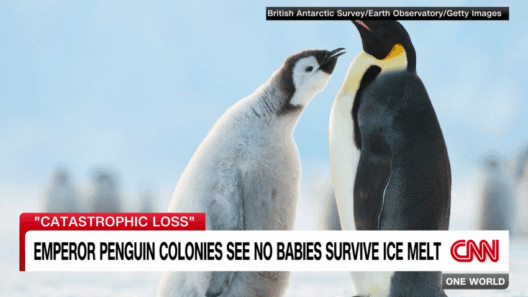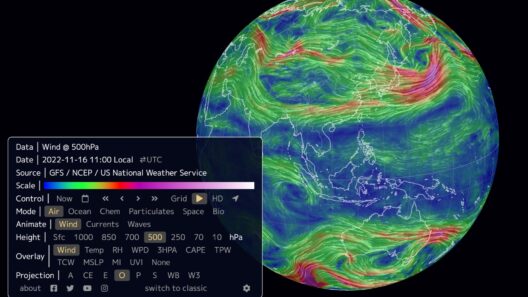Global warming is an insidious phenomenon that has increasingly drawn the attention of scientists, policymakers, and citizens alike. While the effects of climate change are often discussed in the abstract—rising sea levels, more severe weather events, and ecological disruptions—the human cost is frequently underestimated. In the United States, the consequences of global warming manifest not only through environmental degradation but also through direct impacts on human health and safety. To grasp the magnitude of this issue, it is vital to understand the significant yet often unrecognized mortality associated with climate change.
To comprehend the annual fatalities attributable to global warming, one must first consider the factors that contribute to these deaths. Rising temperatures, for instance, are directly linked to the exacerbation of heat-related illnesses. A heatwave—a period of excessively hot weather—can engender a host of health problems, from heat exhaustion to heat stroke. According to various studies, an estimated 600 individuals in the United States succumb to heat-related causes each year, a number that has shown an upward trend as global temperatures continue to rise.
Moreover, climate change fuels extreme weather events, including hurricanes, floods, and wildfires. These catastrophic occurrences not only lead to immediate casualties but also result in enduring health complications for survivors. The National Oceanic and Atmospheric Administration (NOAA) attributes thousands of deaths to hurricanes and renewed flood cycles initiated by climate change. For example, Hurricane Katrina in 2005 is a stark reminder of such devastation, as it caused over 1,800 deaths, many of which were among the most vulnerable in society, including the elderly and low-income communities.
Air quality also deteriorates as temperatures rise, primarily due to increased concentrations of ground-level ozone and particulate matter. The American Lung Association reports that millions of Americans suffer from respiratory ailments—conditions exacerbated by climate-induced changes in air quality. The number of premature deaths linked to air pollution from fossil fuel combustion is estimated to be between 7,000 and 10,000 annually in the U.S. alone. These figures encapsulate a grim reality that demonstrates how climate change influences public health through diverse avenues.
Furthermore, vector-borne diseases, which flourish in warmer climates, have been associated with climate change. The resurgence of diseases like Lyme disease and West Nile virus is, in part, attributable to shifts in temperature and precipitation patterns that disturb ecological balances. An increase in tick and mosquito populations directly correlates with rising temperatures. The Centers for Disease Control and Prevention (CDC) links these outbreaks to climate change, illustrating a chilling truth: as temperatures climb, so too do the health risks associated with infectious diseases, leading to hundreds of additional fatalities each year.
Economically disadvantaged populations bear a disproportionate burden when confronting the ramifications of climate change. Low-income individuals often reside in the most vulnerable areas—flood plains, heat islands, and regions lacking adequate healthcare access. Their relatively limited resources hinder mobility and access to climate resiliency strategies, exacerbating their vulnerability during disasters. The consequences are devastating: an observable disparity in mortality rates exists between wealthier communities and lower-income neighborhoods. As environmental crises unfold, the human costs become not only a public health emergency but also an urgent social justice issue.
In addressing the complex question of how many Americans are killed by global warming annually, it is crucial to recognize that fatalities must be viewed within a broader context—climate change is an ongoing catastrophe that operates beneath the surface of daily life. Reports of meteorological anomalies, rising sea levels, and species extinction often overshadow personal stories of loss and suffering. But each statistic represents a life disrupted, a family left grieving, and a myriad of stories that underscore the gravity of this issue.
Beyond the immediate implications of health and safety, climate change has long-lasting psychological impacts as well. The trauma stemming from climate-related disasters can result in increased rates of anxiety, depression, and PTSD, amplifying the overall burden on public health systems. As communities grapple with the aftermath of floods, fires, and heat waves, the mental toll can prove as devastating as the physical destruction. A national reckoning is required that considers mental health in the discourse surrounding climate change, as the emotional fallout of these disasters often goes unrecognized.
The path forward necessitates an urgent call to action. Investments in climate resilience, infrastructure, and public health are essential to mitigate the human toll exacerbated by global warming. Policies that aim to reduce greenhouse gas emissions, transition to renewable energy, and promote sustainable urban planning can significantly alleviate the strain on vulnerable populations. Citizen engagement through grassroots activism can foster collective resilience, transforming societal attitudes toward climate action.
Ultimately, to curtail the systemic consequences of climate change, the United States must embrace a multifaceted strategy that prioritizes human life. While specific annual mortality figures fluctuate, the underlying trend is unmistakable: global warming poses a grave risk to public health and safety, with profound implications for future generations. The time for complacency has long passed; communities must rally together, acknowledging that the fight against climate change is inherently a fight for life itself.

